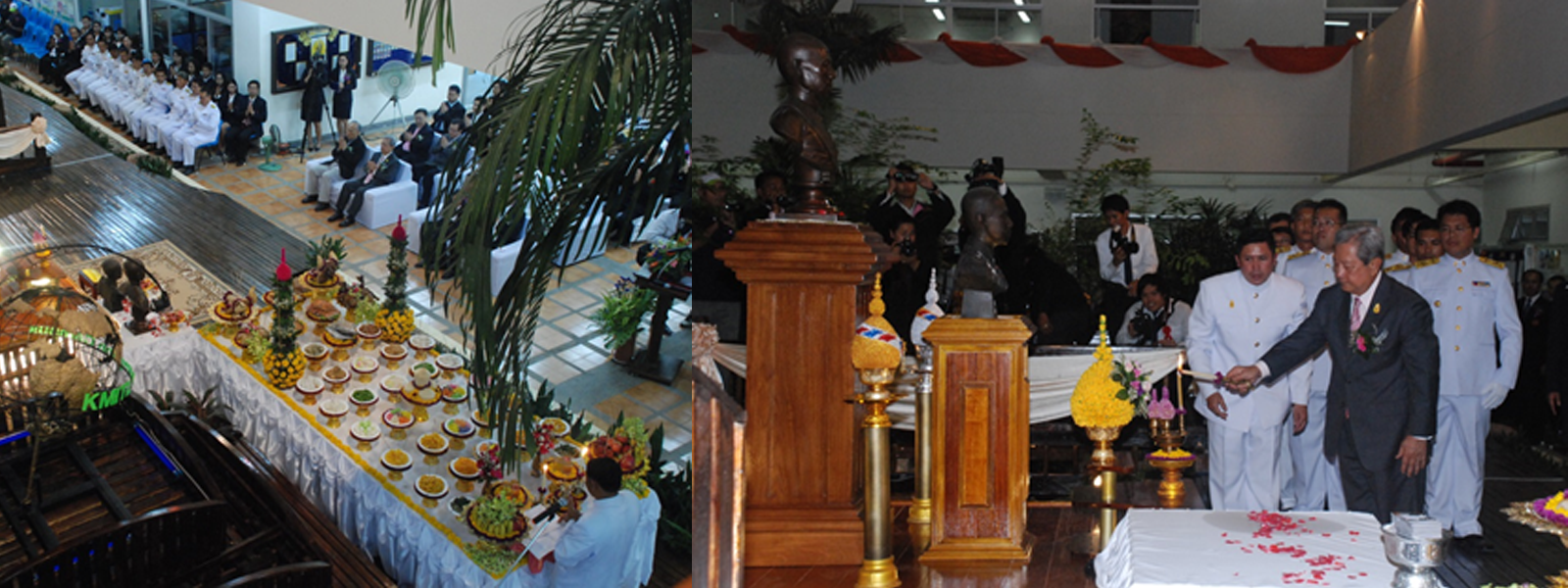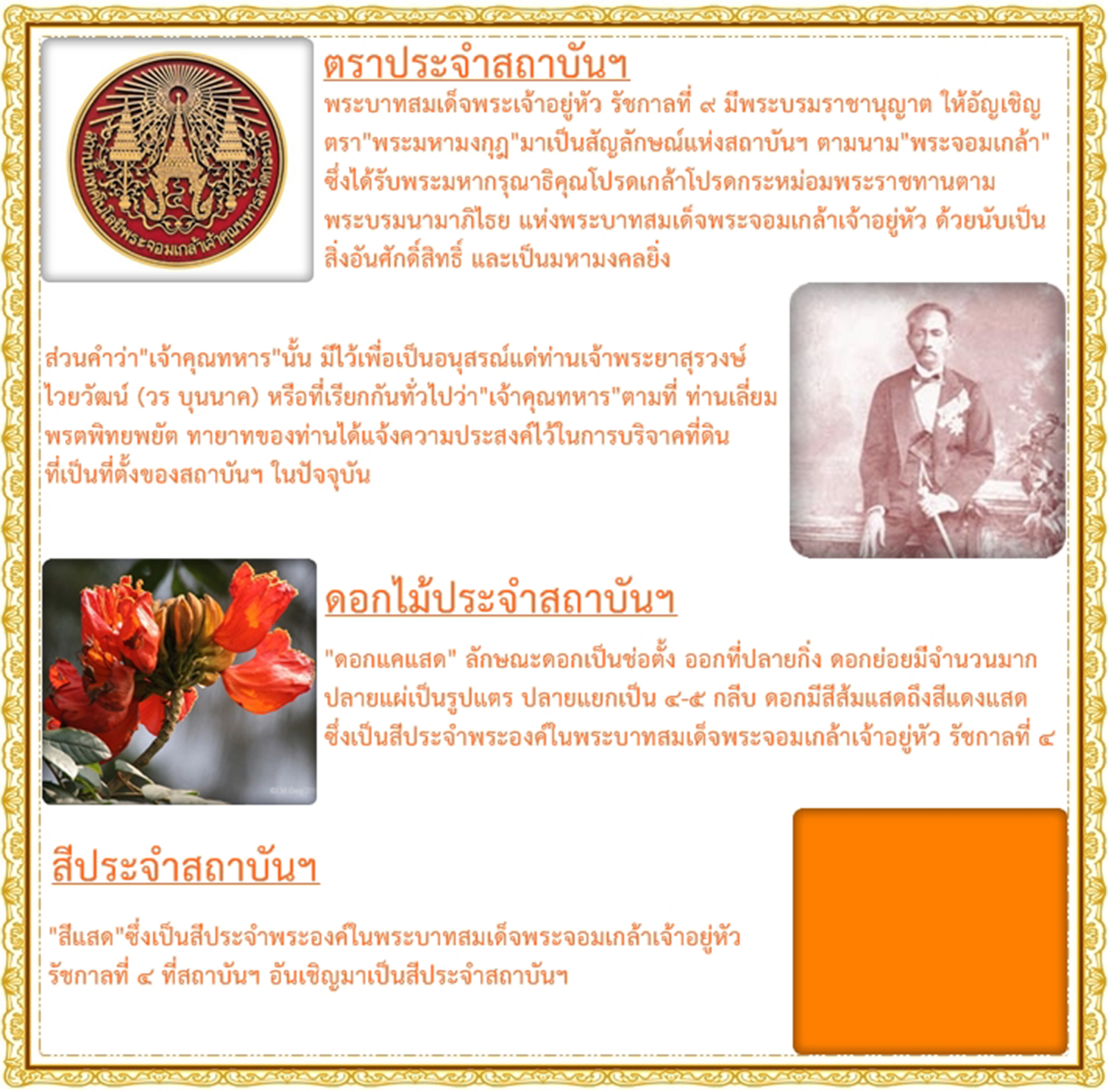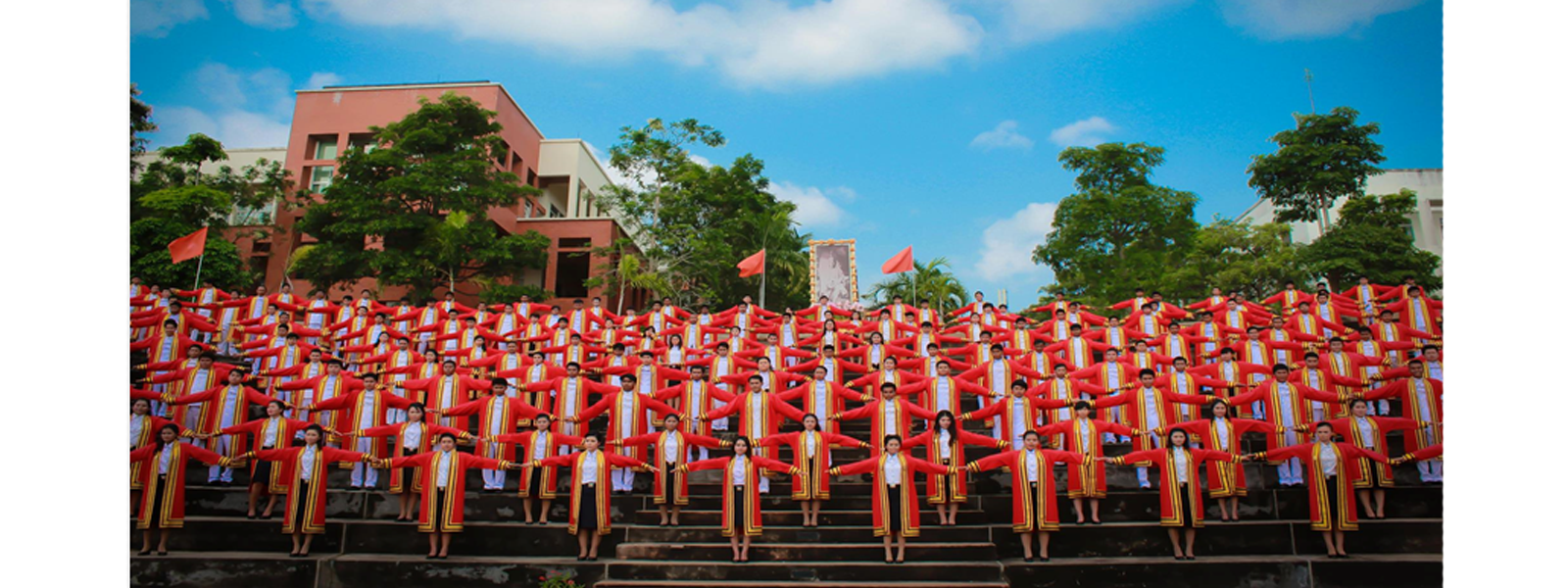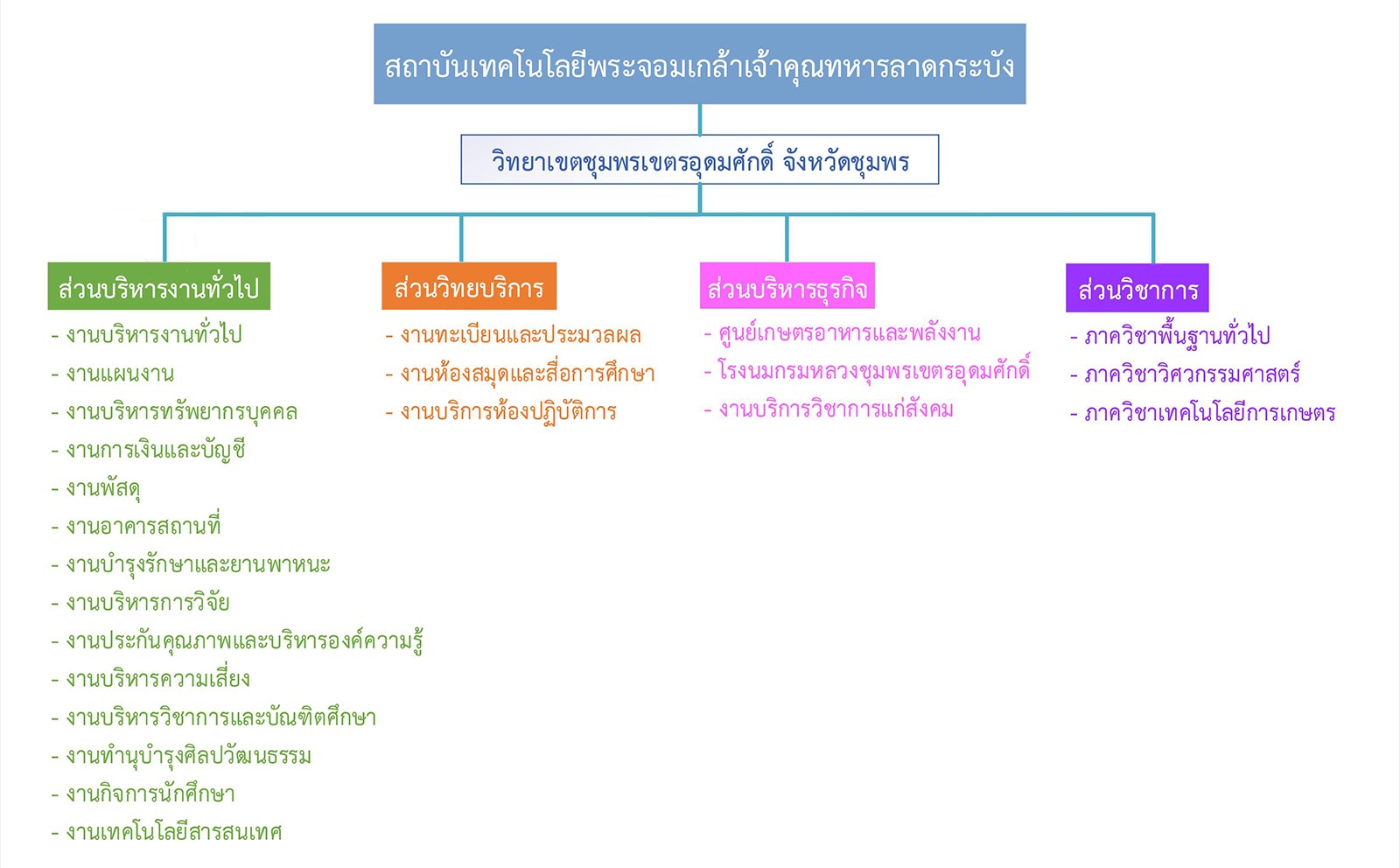A History of King Mongkut’s Institute of Technology Ladkrabang
In 1983, King Mongkut’s Institute of Technology Ladkrabang had a vision to expand the university’s education, research and social services to the provincial parts of Thailand. After careful consideration, the National Forest of Chumkho Sub-District, Pathio District, Chumphon Province was the most suitable location to build the second campus. The area consisted of 11,224 Rai of nearby sea, land, hills, and abundant natural freshwater and seawater.
On 3rd June, 1985, the Ministry of Agriculture and Cooperatives granted the permission to build the second campus; thus the start of development in the area.
In 1990, KMITL asked for the approval to establish a Study and Research Center – Chumphon affiliated with the Office of the President, Ministry of University Affairs. It was approved; though, it was suggested that the name change to the Agricultural Research Station – Chumphon, a department affiliated with the Faculty of Agricultural Technology. The name was changed once more to the Study and Research Institute - Chumphon, as a faculty. On 18th January 1991, the Ministry of University Affairs listed the establishment of the Study and Research Institute - Chumphon in the Seventh Development Plan (1995 - 1996) according to the Eighth National Economic and Social Development. The Ministry of University Affairs saw the importance of the extension of the satellite campus. In addition, the Ministry developed a long distance learning system using information networking to resolve the issue of teacher shortage.
The National Forest originally consisted of 11,224 Rai in 1991. Chumphon province seeked 5,000 Rai for the Department of Commercial Aviation, Ministry of Transport in order to establish a domestic airport. KMITL saw commuting via aviation for university personel as an asset along as a resolution to the issue of forest invasion by the people; thus KMITL gave 6,230 Rai to Chumphon province. The remaining 6,230 Rai, the Forest Department distributed land to the locals, who had lived within the national forest area so they would have a place to farm and be able to move outside the remaining 3,500 Rai; hence, the campus territory today.
On 28th March 1998 at 3:45 PM, Her Royal Highness Princess Maha Chakri Sirinshorn graciously presided over the opening ceremony of the KMITL Prince of Chumphon Campus as well as initially granted the name of a newly study building “Chalerm Prakiet” to commemorate HRH 6th Cycle birthday anniversary. This occasion was also the inauguration of the new study and laboratory buildings.
In 1996, the campus started the first batch of student admission for Bachelor Degree in Technology Management for Plants production (continuing program). In 1998, there were Bachelors of Science offered in Horticulture, Fishery Science & Aquatic Resources and Animal Sciences (continuing program) where students had to study their freshman and sophomore year at the main campus in Bangkok before being transferred to the Chumphon campus in their junior and senior year. In 2000, the campus had opened the curriculum of Animal Production (continuing program). In 2001, the Bachelor of Mechanical Engineering and Electronic Engineering (3 years with credits transfer) had opened.
On 27th March 2013, the campus’s name had been legitimately adjusted to Prince of Chumphon Campus.
PHILOSOPHY, GOAL, VISION, MISSION
PHILOSOPHY.."Education and research in technology, agriculture, food and alternative energy are the foundation of a sustainable life quality"
GOAL.."To provide education and advance research in technology, agriculture, food and alternative energy which are the foundation of a sustainable life quality"
VISION.."To become the top educational institute in the South of Thailand on 4 keys developmental areas; technology, agriculture, food and alternative energy in 2021"
MISSION..
- Provision of higher education in science and technology of the highest quality toward international standards with good morality.
- Advancement of knowledge and research in science, engineering, and technology to support the sustainable development of the nation and to ward international excellence.
- Provision of knowledge and innovation for the best academic and Community services.
- Preservation and promotion of Thai Arts and Culture.





